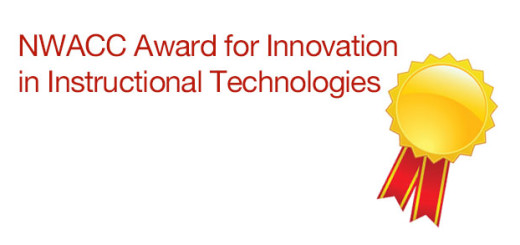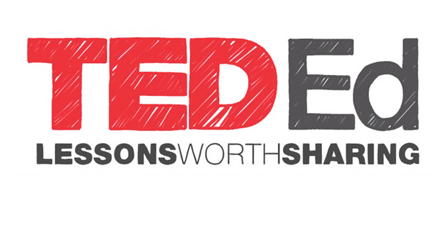Virtual Reality
Description:
Virtual reality (VR) is a computerized interactive and immersive environment that simulates a user’s physical presence within a virtual space, typically using a head mounted display (HMD).
Purpose:
VR experiences can provide an active, engaging, and memorable immersive experience for learners that can help them to better understand complex subjects or experience things that would otherwise be too difficult, expensive, or dangerous to experience firsthand in a physical environment.
Procedure:
- A variety of VR platforms exist, from simple smartphone attachments to high-end headsets that support hand controls and room scale. Research and decide which hardware fits your needs and capabilities.
- Determine whether existing content is sufficient to meet your needs. If not, determine what experience you want to create and evaluate whether you have the resources and skills necessary to create it.
Considerations:
- It may be difficult to find existing content that perfectly meets the needs of learning objectives.
- Developing new VR content can be a time consuming and expensive endeavor that requires a diverse set of skills to produce.
- VR may cause motion sickness for some people.
Level:
Advanced
Resources:
“Designing for Google Cardboard.” Google Design. Google, n.d. Web. 30 June 2016. <https://www.google.com/design/spec-vr/designing-for-google-cardboard/a-new-dimension.html>.
“Oculus Best Practices.” Developer Center. Oculus VR, LLC, 2016. Web. 30 June 2016. <https://developer.oculus.com/documentation/intro-vr/latest/>.
“Virtual Reality.” Wikipedia. Wikimedia Foundation, n.d. Web. 30 June 2016. <https://en.wikipedia.org/wiki/Virtual_reality>.
“Virtual Reality Society.” Virtual Reality Society. Virtual Reality, 2016. Web. 30 June 2016. <http://www.vrs.org.uk/>.
“VR Design Best Practices” Leap Motion. Medium Co., n.d. Web. 30 June 2016. <https://medium.com/@LeapMotion/vr-design-best-practices-bb889c2dc70#.o07im5a0z>.



